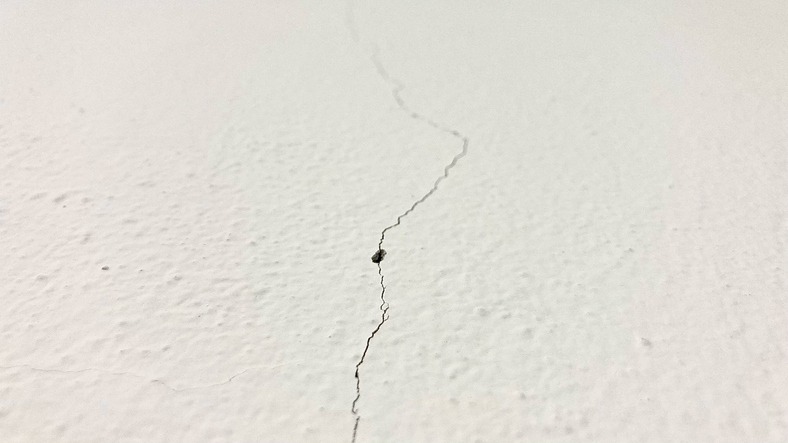Stucco can make the exterior of your home or business look amazing. With proper application, it ensures it looks great for years to come. There are several steps you can take to prevent stucco from cracking. When it cracks, moisture and other elements can get into those areas. The cracks also diminish its beauty, leaving the structure an eyesore to those who see it.
It is less expensive, and less time is involved when you prevent stucco from cracking in the first place. Rushing to get the job done will be something you regret as the cost to repair those cracks and the time it takes to do so add up quickly. Paying attention to the following details will reduce the risk of the stucco cracking once it is applied.
Reduce Shrinkage
The most common reason cracks appear in stucco is due to shrinkage. A lack of moisture in the mixture is responsible for this problem. The water in the mixture can evaporate to a point where hairline cracks are created. Environments with high temperatures tend to see this problem more than other regions. The small cracks will become a larger issue and can lead to structural problems if they aren’t corrected.
Shrinkage due to temperatures and not enough moisture is possible to prevent. Adding more water to the mixture before it is applied is recommended. Work with a quality product as they are all different. You don’t need the most expensive, but verify the quality is there. They tend to evaporate faster than other types of mixtures. Try to apply the stucco in the early morning hours or later evenings when the temperatures aren’t as high.
Damp-cure the stucco to help reduce moisture loss. Look for a cement-friendly polymer and place it on the cured stucco. Using a trowel, add fibreglass mesh to the stucco. Drilling and other procedures that cause vibrations should be completed before applying the stucco. If they are done after it is applied, the vibrations can cause cracks to appear.
The Right Mixture
Adding more moisture to the mixture, especially cement, will ensure the stucco is manageable to hold up well to the elements and temperatures. However, you can only add a little moisture, or the mixture will stick well, and the stucco can’t bond to the structure correctly. Too much or not enough moisture will result in cracks in the stucco.
A slump test should be conducted on each batch before the stucco is applied to the structure. That ensures the mixture is consistent and will work well for the project. The stucco should hold its shape after the cone is removed. If it crumbles or flows, there is either too much water or not enough water in the mixture.
Install Joint Controls
The natural process of expanding and contracting can cause cracks in stucco. Install joint controls to reduce the possibility of this occurring. The foundation and structure should be as sturdy as possible. Movement, twisting, or settling can increase the risk of cracks forming. The common stress points are in the corners of the walls, the doors, and the windows. These are key places to install the joint controls.
They will reduce the movements, reducing the risk of cracks developing in the stucco. Adding them to the structure before applying the stucco doesn’t take much time or cost a great deal. Yet it is one of the biggest ways to safeguard against cracks in the stucco. Most older structures need to have them in place and should be added. Newer structures often have joint controls in place.
Hire an Experienced Professional
When stucco is applied correctly, it requires very little maintenance. It can change the appearance of the structure for a reasonable cost too. Hire an experienced professional to get the job done right. Don’t cut corners on the cost by hiring someone who doesn’t use quality materials or the best methods to complete the work.
Evaluate their background and experience. Read reviews from other customers to verify the entity has a solid reputation regarding stucco work. Do they offer any warranty on the work they provide? What is covered, and how long is the warranty good for? Feel free to ask for references before hiring someone to complete stucco work.
Stucco cracks happen. They’re bound to happen one way or another. Thankfully, there are ways to prevent not only it but also fix it. Hopefully, this gave you insight into ensuring your stucco doesn’t fall prey to cracks in the future.

